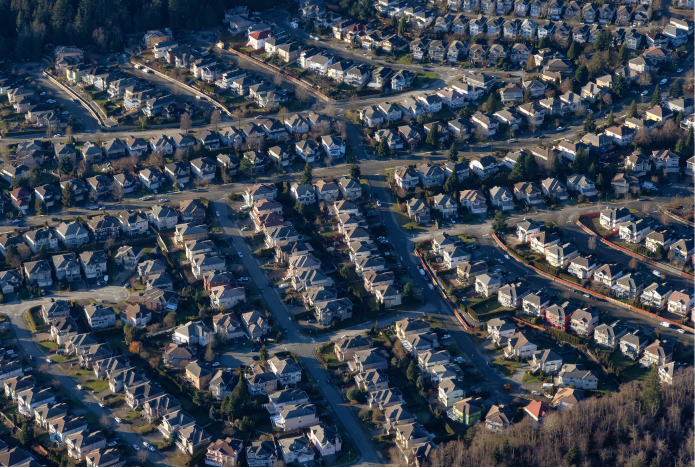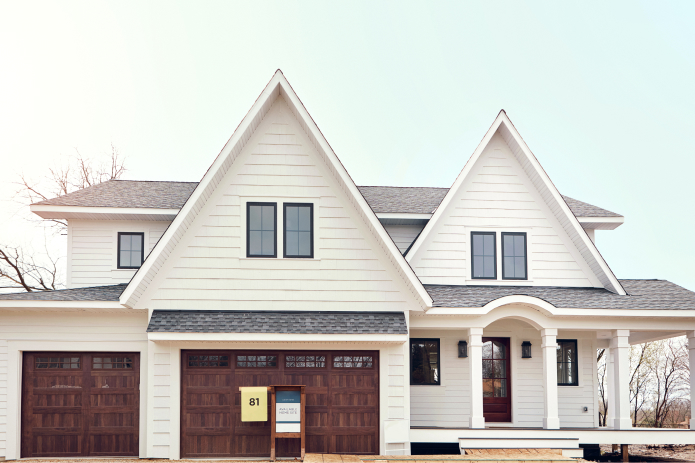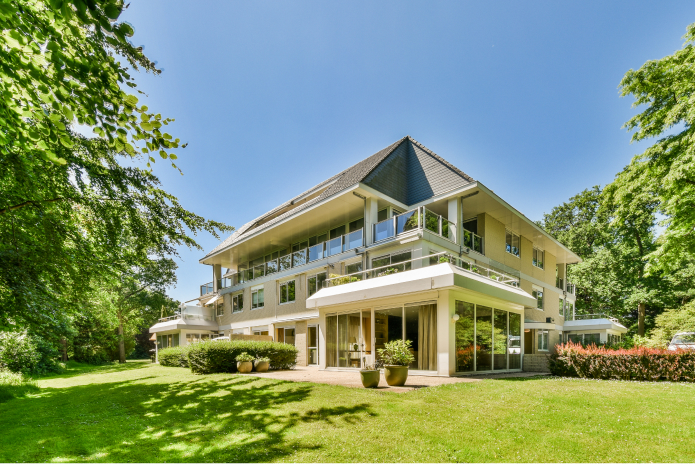Maybe you’ve been in the position I’m about to describe. You’re on the market for a new home and you spend hours every day scouring all the popular listing sites for the perfect one to no avail. Yet, despite the frustration, each day brings a new opportunity and your eternal hope never waivers.
Early in your search, your optimism is at its peak and you are unwilling to settle for any compromise. You have a checklist of must-haves, probably including things like location, price, square footage, number of bedrooms, and of course the architectural design. If you have children, you’re probably looking at specific school districts and yard space too. The list is quite long.
But as the weeks pass, you begin to wonder: Am I being too picky? Is my checklist unrealistic? Should I let go of some things?
And then you do. Slowly, one by one, you increase the budget, you cut down the yard space, or you forego the filter for the extra room (you know the one that you already sketched the design of – the one that was going to be your NFL binge watching man cave).
Before you know it, your search doesn’t even resemble the one you began with and you ask yourself, what am I even doing? I’m here to tell you, the problem is not you. The wish-list is not unreasonable. The problem is the housing market as a whole.
The Problem with Spec-Built Homes
Spec-built homes are the new homes you see on the listing sites. Basically, they’re homes with a pre-determined design in a pre-determined location, often in a community. So, when you go to a new neighborhood, visit the model home, and are given the choice of 5 or 6 different floorplans, those are spec homes.
A developer purchases the land and plans the lot sizes. Herein, lies the first problem. This is where your home search nightmare begins without you even knowing it. See, developers have figured out they can maximize their profit by squeezing in as many lots on their land as possible.

So, a disturbing trend has developed: neighborhoods with 150 homes crammed into a plot of land that has no business playing host to more than 2/3 of that number. Ever wondered why it’s so hard to find a big backyard, or why you could reach out the bedroom window of these homes and hand your neighbor a cup of coffee? That’s a big reason why.
But the problem doesn’t begin and end with the developers. The builders have also figured out how to squeeze the juice out of a penny. That’s why the quality of spec homes has declined in recent years. High-quality materials have given way to cheaper options, and because time is money, more effort is put into going from foundation pouring to final nail than is going into attention to detail and craftsmanship.
The result is a creaky, squeaky home with nail pops on every wall, drywall cracks everywhere, and ticking timebombs waiting to leave you with a hefty repair bill 2 years after move-in day (just long enough for the “2” of your 2-10 warranty to be expired). And all of this, crammed onto a tiny lot in an overcrowded neighborhood.
Enter the solution: A custom-built home.
Benefits of Custom Homes

If you’re like me, you may not have ever given much thought to building a custom home. For some reason, I just always thought it would be a major struggle. And I can tell you, it certainly can be, but it doesn’t have to be.
Let’s discuss the benefits of custom home first before we get into tips for how to navigate the custom-building process painlessly.
- Choice of floorplan: The most obvious benefit is the freedom of the design of your home. Remember the example in the intro of this article? You’ll never have to compromise on your must-haves with a custom home.
- Location options: Instead of being confined to a certain neighborhood, you can build your ideal floorplan pretty much where you want. Of course, there will be circumstances where you can’t find a lot in your desired area, but that is much less of a concern with custom homes than spec homes.
- Higher quality: This is your choice, and the fact that it’s your choice is enough of a reason to at least consider a custom home. Even if you decide to use more cost-effective materials, at least you get to be the one to make that call. On the other hand, you could choose high-end materials and instantly increase your resale value and prevent costly repair bills. The point is, it’s your choice, not the builder’s.
Choosing The Right Builder

Speaking of builders, choosing the right one for your project is the single most important decision you will make in the process. Not all builders are created equally, and you must do your due diligence to carefully interview several before making a selection. Look for helpful information on builders’ websites first. You want to make sure they convey their willingness communicate clearly with you and provide you with information, and make sure they list their license on their website. This home builder in Greenville, SC does a good job of providing a list of what to look for when selecting a builder. Below are some of the things they say to look for:
- High Quality Work: You should always ask your potential builder to give examples of his past work, and it is not out of the ordinary to ask for feedback from his previous clients. This is a big decision, and questions like that are perfectly normal and reasonable. But beyond looking at pictures of their previous work, you should also ask for a list of their subcontractors and evaluate them as well. Subcontractors do a lot of the work, so it’s important to know who they are and make sure the builder isn’t using someone with a less-than-ideal reputation.
- License: A lot of people don’t know what a builder’s license means for a builder’s credibility. If a builder is licensed, it means they have been vetted by a governing body to ensure they have the skills and experience to complete the services they offer. They also must keep up with ongoing education to ensure they are current with the latest regulations. You may be surprised to find out how many builders operate without a license. If a builder doesn’t have a license, walk away.
- Insurance: Another deal-breaker is if the builder doesn’t have insurance. Insurance protects you from being on the hook for repairs in the event of damage to the home after the construction is done. For example, if a builder without insurance builds a home that has structural integrity issues, you might have to pay to have it fixed. Worse, if an injury occurs to a subcontractor during construction, you could be personally liable. Hiring a builder with insurance protects everyone from these disastrous scenarios.
- Communication Skills: It’s important to remember that the builder you hire needs to be willing and able to communicate clearly and frequently with you. The custom build process is a collaboration between you and the builder, so if you sense that a builder isn’t going to be willing to treat you as a partner during the process, move on to the next interview. This is very important, because in every project there will be unexpected hiccups. The way your builder responds to those hiccups is often the difference between client satisfaction and disappointment.
- Warranties: Always ask for the types of warranties your prospective builders offer. Typically, you’re looking for the standard 2-10 warranty, which covers the home’s systems such as plumbing, electrical, HVAC, etc. for 2 years and covers structural defects for 10 years. This is a point you may be able to negotiate with the builder, and if you can squeeze out a few extra months on the warranty, it’s certainly worth the effort. If your prospective builder doesn’t offer a warranty or offers a less-than-ideal one, that could be a sign that you should look elsewhere.
Conclusion
In summary, the decision to buy a new house is a big step and you should carefully consider all of your options. If you’ve found yourself frustrated with the listings, custom-built homes are a potential solution to the problem. If you follow the guidelines set forth above, you’ll be on your way to making your custom home a reality.
The advice presented here is not an all-inclusive guide to custom home building, but it should shed some light on what the process looks like and hopefully will better equip you to begin your journey to your dream home.




